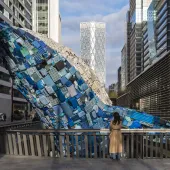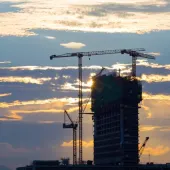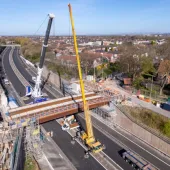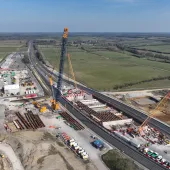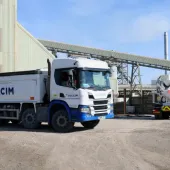Holcim launch first 3D-printed concrete bridge built with recycled materials
Holcim have unveiled Phoenix, the first-of-its-kind 3D-printed concrete masonry bridge built with 10 tonnes of recycled materials, at its Innovation Hub in Europe.
Using its proprietary ECOCycle circular technology, Holcim developed a custom concrete ink for Phoenix with recycled materials inside. Phoenix demonstrates how circular construction combined with 3D concrete printing can enable low-carbon infrastructure applications.
Circular construction, using computational design and 3D printing, reduces up to 50% of the materials used with no compromise in performance. Circular by design, Phoenix stands solely through compression without reinforcement, with blocks that can be easily disassembled and recycled. Holcim and its partners are now exploring how Phoenix could be scaled up to provide more generalized sustainable infrastructure solutions.
Built in partnership with Block Research Group at ETH Zurich, Zaha Hadid Architects Computation and Design Group and incremental3D, Phoenix resulted from the partial recycling of aggregates from the original blocks of Striatus, the first-of-its-kind 3D concrete printed bridge launched by the partners during the 2021 Venice Biennale of Architecture.
Edelio Bermejo, head of Global R&D, Holcim, said: “I am thrilled to unveil Phoenix, a monument to sustainability and the result of a fruitful collaboration with our partners to meet a common goal: demonstrating that essential infrastructure can be designed and built in a way that is circular and low-carbon today. This project showcases the impact that innovation can have in Holcim’s mission to decarbonize building for a net-zero future.”
Philippe Block, co-director, Block Research Group at ETH Zurich, said: “Concrete is an artificial stone, and like stone, it does not want to be a straight beam, it wants to be a masonry arch. Following these historical principles allows us to keep materials separated for easy recycling and to dry-assemble the structure for easy deconstruction and reuse. 3D concrete printing allows us to use material only and exactly where needed. The result is a sustainable and truly circular approach to concrete construction.”













